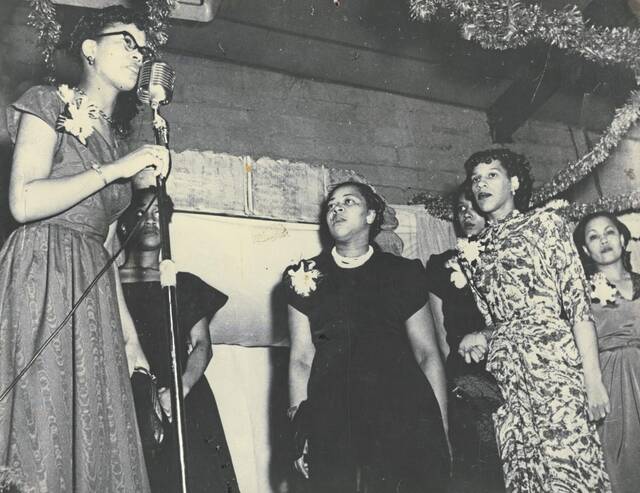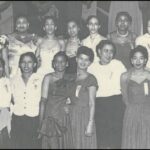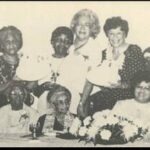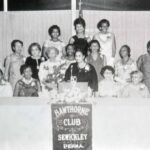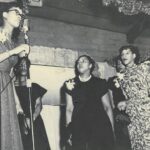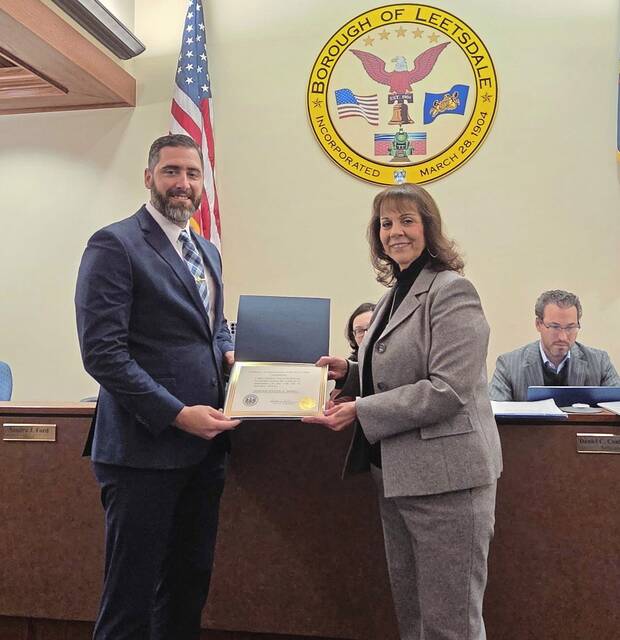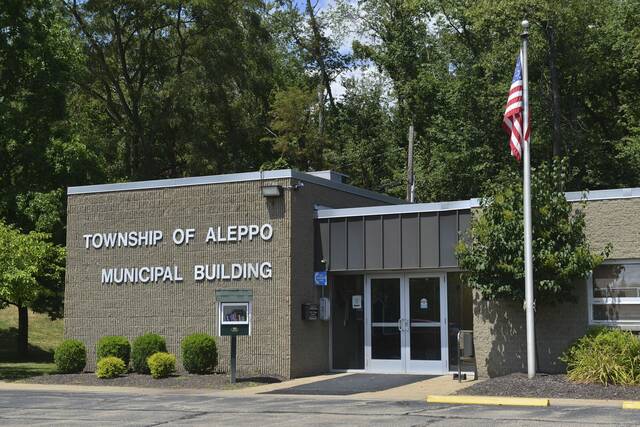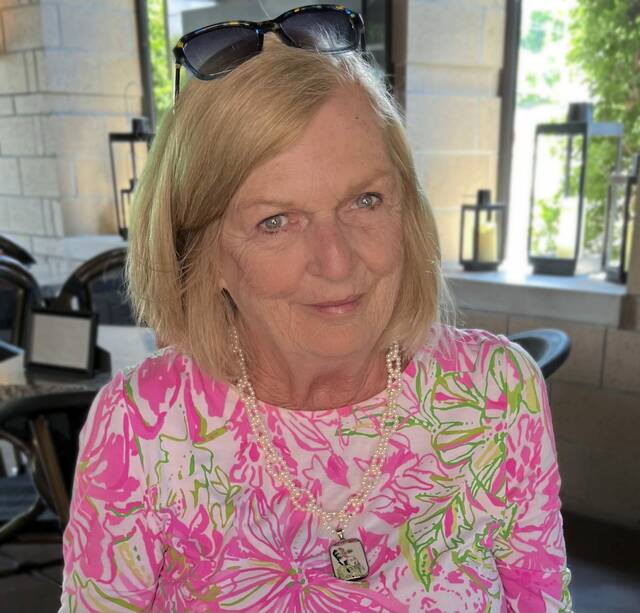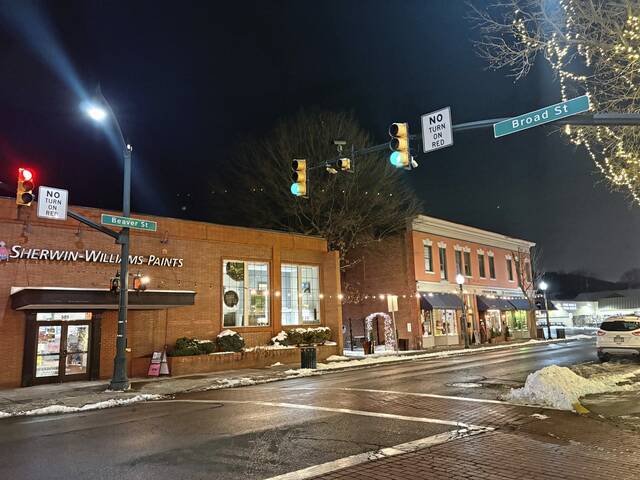For those unfamiliar with Sewickley’s deep roots in Black history and culture, discovering them is like stumbling upon a treasure trove. But for those who grew up with them — whose families make up the very fabric of this history — it serves as sweet nostalgia and a push toward the future.
Gwen Strickland remembers Sewickley’s Black History Month event in 2022 as the catalyst for the documentary she has been helping to put together for nearly a year and a half.
There were about 800 historical Black photographs of Sewickley on display and she was asked to speak about the content was drawn from her mother, Bettie Cole’s, book, “Their Story: The History of Blacks/African Americans in Sewickley & Edgeworth,” published in 2000.
She spoke about her mother, the book and how it came to be. Fast forward one year later, Susan Kaminski, also an executive committee member of the “Their Stories” documentary (similar titles but not featuring the same material) mentioned the idea of creating the film.
Prior to Cole’s book, Agnus Ellis and Franklin Taylor Nevin had previously written about Sewickley’s Black history — Ellis in the late 1800s and Nevin in 1929. Cole was inspired by the late Susan J. Blockson, historian and founder of the Daniel B. Matthews Historical Society at St. Matthews AME Zion Episcopal Church. Cole interviewed more than 100 Black residents for the book, resulting in 237 cassette tapes that have since been digitized.
“That is what told the history,” said Strickland, chair of the executive committee for the “Their Stories” documentary. “So many people did not realize that there is really a Black community in Sewickley, even my husband, who is from the North Side.”
Cole’s book details the history up to 1999, and the documentary builds on that research to extend the story further.
Dr. Rueben Brock is the director of the “Their Stories” documentary.
“A large part of my career has been dedicated to studying Black life and uplifting the voices of Black people and their lived experiences through my scholarly work. That is really what I want to be doing. This is just one example of how I have found a way to do that through documentary filmmaking, telling people’s stories,” Brock said.
What struck Brock most was that he had not known the community existed and imagined that many others didn’t either.
“This is something we really need to change,” he said.
Strickland said her mother’s book documents a story of ambition.
“They did not give up. When they couldn’t go to the white YMCA, they built their own in 1913. That turned into the Sewickley Community Center,” she said. The documentary will also explore the Post 450 Sewickley Legion and the famous “Come on Home” weekends, a long-standing tradition to return to the area, akin to a homecoming weekend.
Between the late 1800s and 1940, there were 20 Black-owned businesses in Sewickley because Black residents were prohibited from going to white establishments. Butler Ice Cream and Catering Parlor was a Black-owned business, but Black people could not sit inside because white patrons would boycott it, Strickland said.
Stratton Nash’s parents moved to Sewickley in 1964. His mother, Mildred Stanley Nash, broke barriers by becoming the first Black secretary for a judge in Pittsburgh, working for Judge Eunice Ross. The two formed a great friendship. Ross was an advocate for minorities, according to Nash.
“It was such an achievement because of what she had to endure, demeaning efforts were made to disqualify her,” said Nash, co-chair of the executive committee for the “Their Stories” documentary.
Nash’s mother also worked with Cole to help bring the initial book to fruition.
“One hundred percent of everything I am doing is because she (my mom) would do it,” Nash said. “She would be incredibly proud. Little did she know her efforts would be so significant.”
Nash’s mother was also the reason former Rep. Shirley Chisholm, the first Black woman to serve in the U.S. House of Representatives, visited the Sewickley Community Center.
Many Black people arrived in Sewickley as domestic workers in the early 1900s, Strickland said, migrating from central Virginia and Kentucky. The large estates of Sewickley Heights offered job opportunities, and the economy, bolstered by steel mills, allowed Black residents to advance economically and access higher education.
“These were things that generally did not happen in other communities,” Strickland said. “Blacks owned their own homes. My mother owned hers, and a lot of our families back then owned their homes. I grew up here, and it was very peaceful.
“They were treated with respect. Some of the Black workers were even given the homes they worked in. For example, the Lee family was sold their house for $1, and a duplex was given to the Taylor family, who worked as a butler and chauffeur,” she said.
For Strickland, Sewickley seemed untouched by the prejudice and segregation that plagued the rest of the country. Nash said the peaceful feeling they experienced growing up was a testament to the resilience of African Americans, Native Americans, and Italians who “lived harmoniously and created a nurturing community.”
“These are not stories that are generally told,” Brock said. “I think the heyday of this community was a time when it was understood that you didn’t make a lot of noise about your community. You just quietly went about your business, held your head high, but didn’t say a lot. That cultural dynamic makes it easy for stories to get lost.”
“Our hope for this documentary is not to be angry or to blame the white community or others for what is not happening, but to do what we can, as our ancestors did to make a way and persevere,” Strickland said.
There is a lot about this community that people don’t know, which will be explored in the documentary, including the eight Tuskegee Airmen who came from the area and the deep connection to church and spirituality. Sewickley once even had a Black chief of police, Walter Brannon, who served from 1976 to 1992, according to Brock.
“These are the kinds of things that people won’t know unless they were part of that community,” he said.
As an outsider to Sewickley, Brock relied heavily on the committee to find subjects for the documentary.
“I really had to listen to the folks on the committee, particularly the executive committee, when they told me, ‘Oh, you have to hear about this person or that person,’” Brock said. “What I have found is that in projects like this, word of mouth becomes my biggest advocate. When you start talking to people, they will tell you what is important to them, and then you mine their stories for other important stories.”
Listening is a crucial part of the process, and as leads unfold, it becomes clearer what is most important. Brock said they are still early in the process.
“I don’t even want to speculate when we will get over the finish line. A project like this has a mind of its own, and when you get into it, that’s when you find out what you’re missing,” he said.
Nash estimates they are possibly six months away from production.
The creation of the documentary has further connected Brock to the community.
“If you talk to Black folks in Sewickley, you’ll hear very similar stories to Black people in Washington, Aliquippa and Pittsburgh. All over Southwestern Pennsylvania, these stories intertwine. No matter where you go, you will see the same throughline of similar challenges and struggles, but also similar triumphs, hope and beauty,” Brock said.





